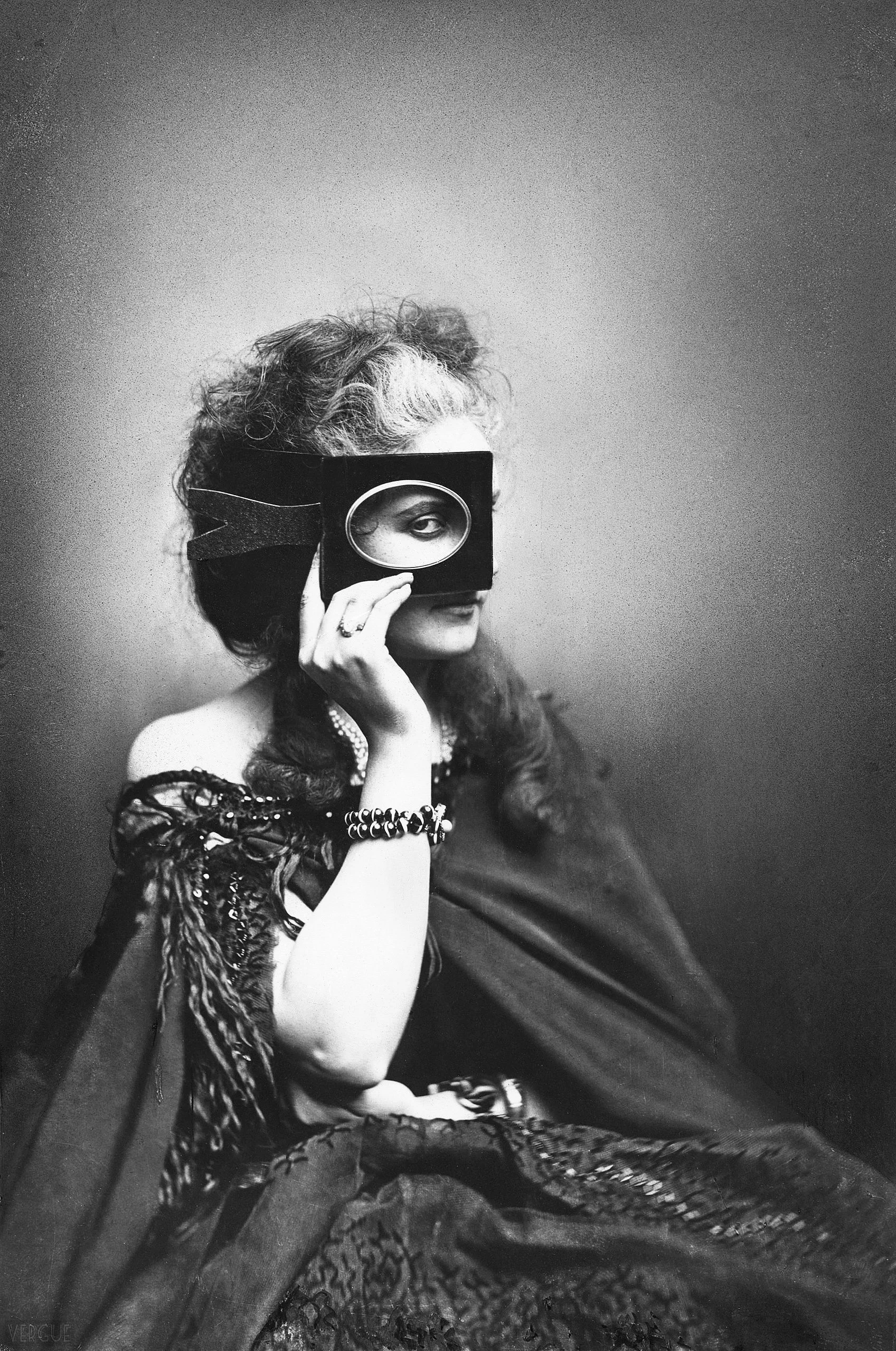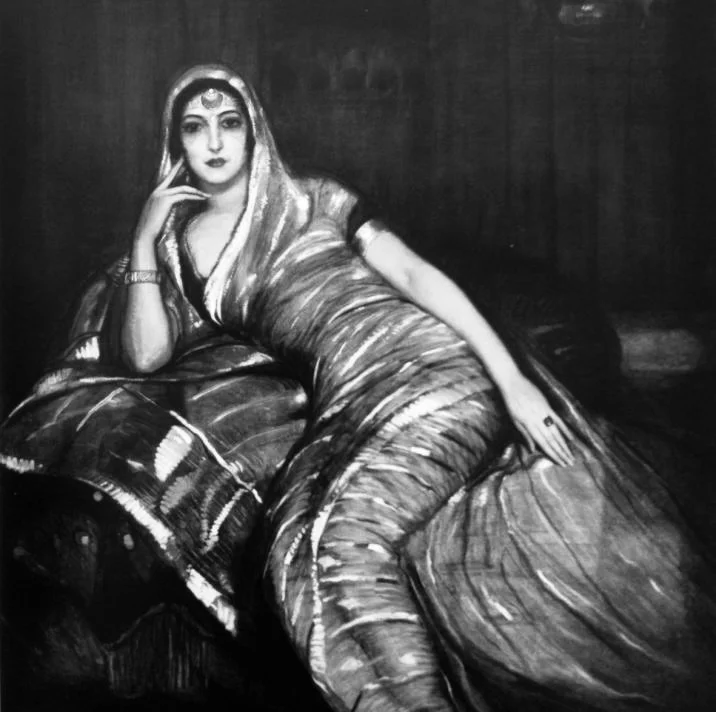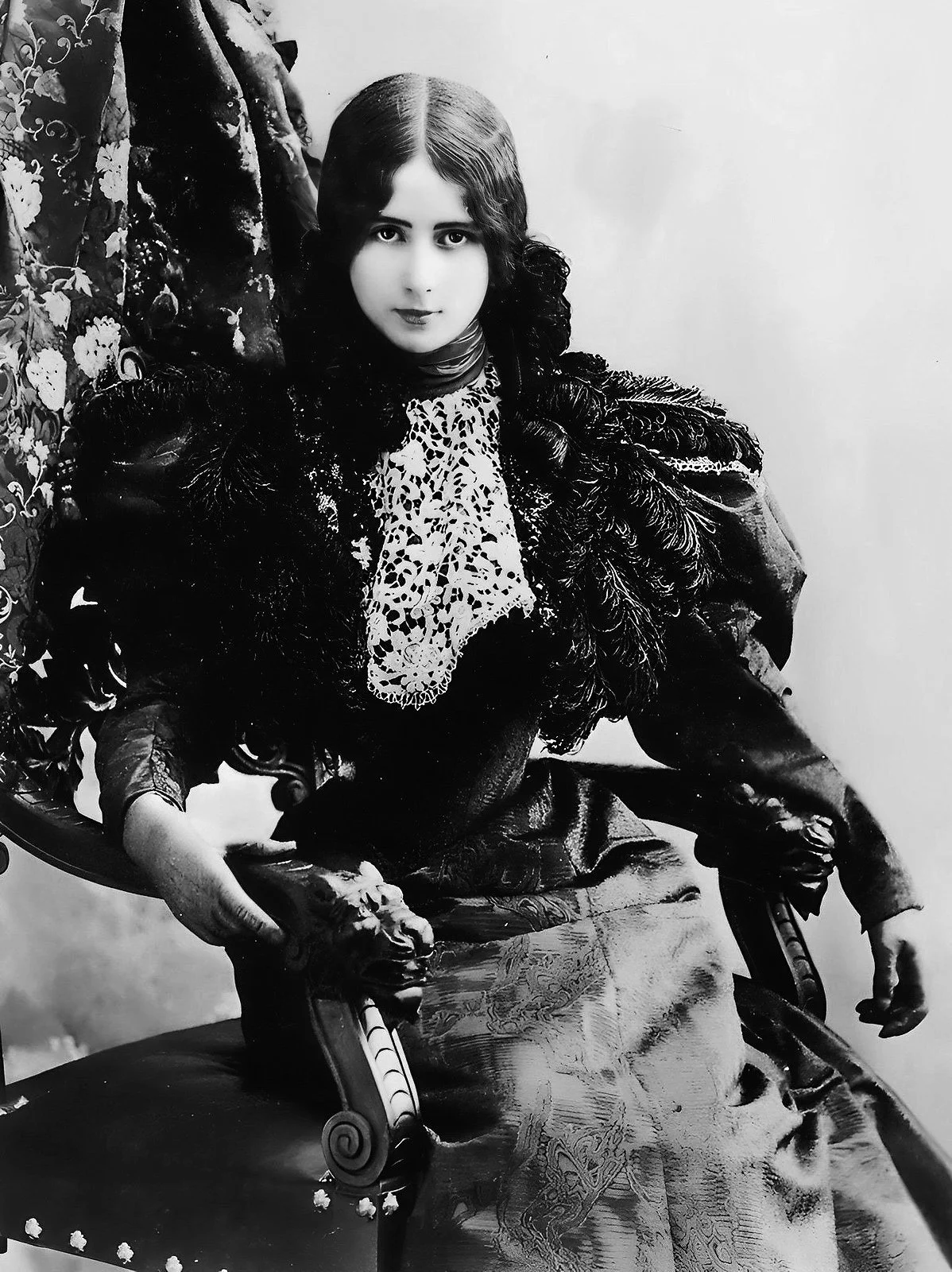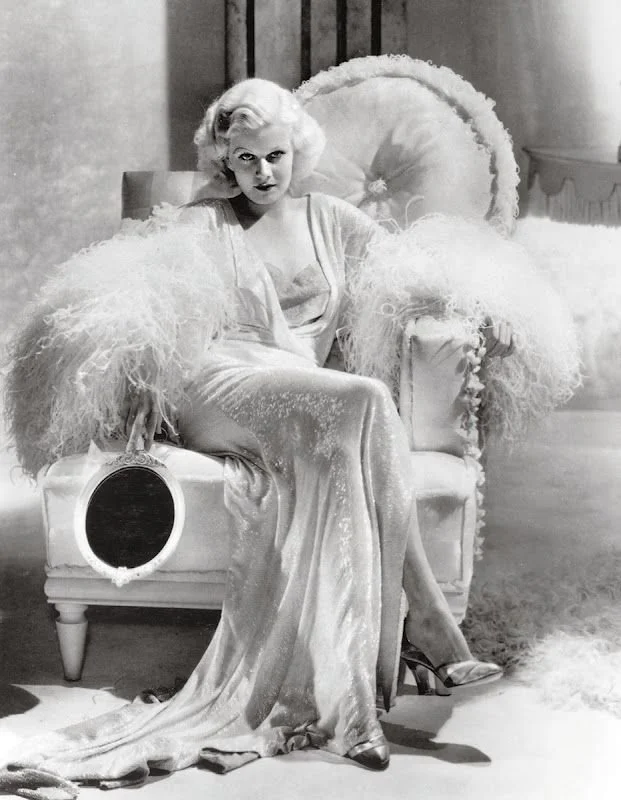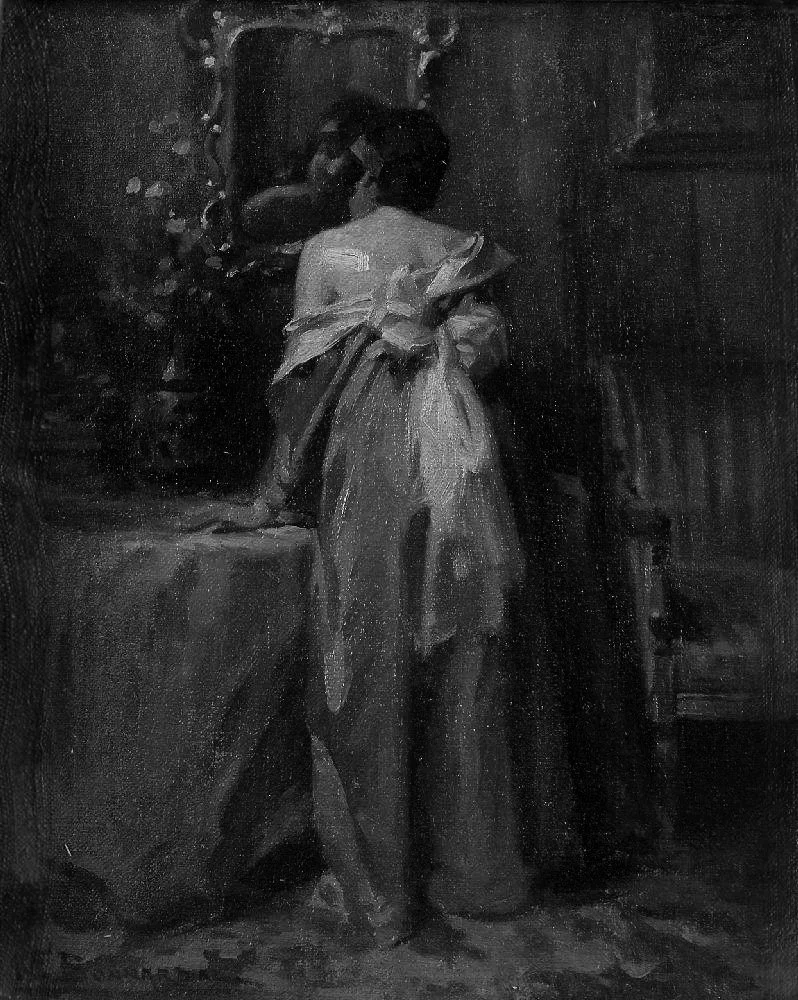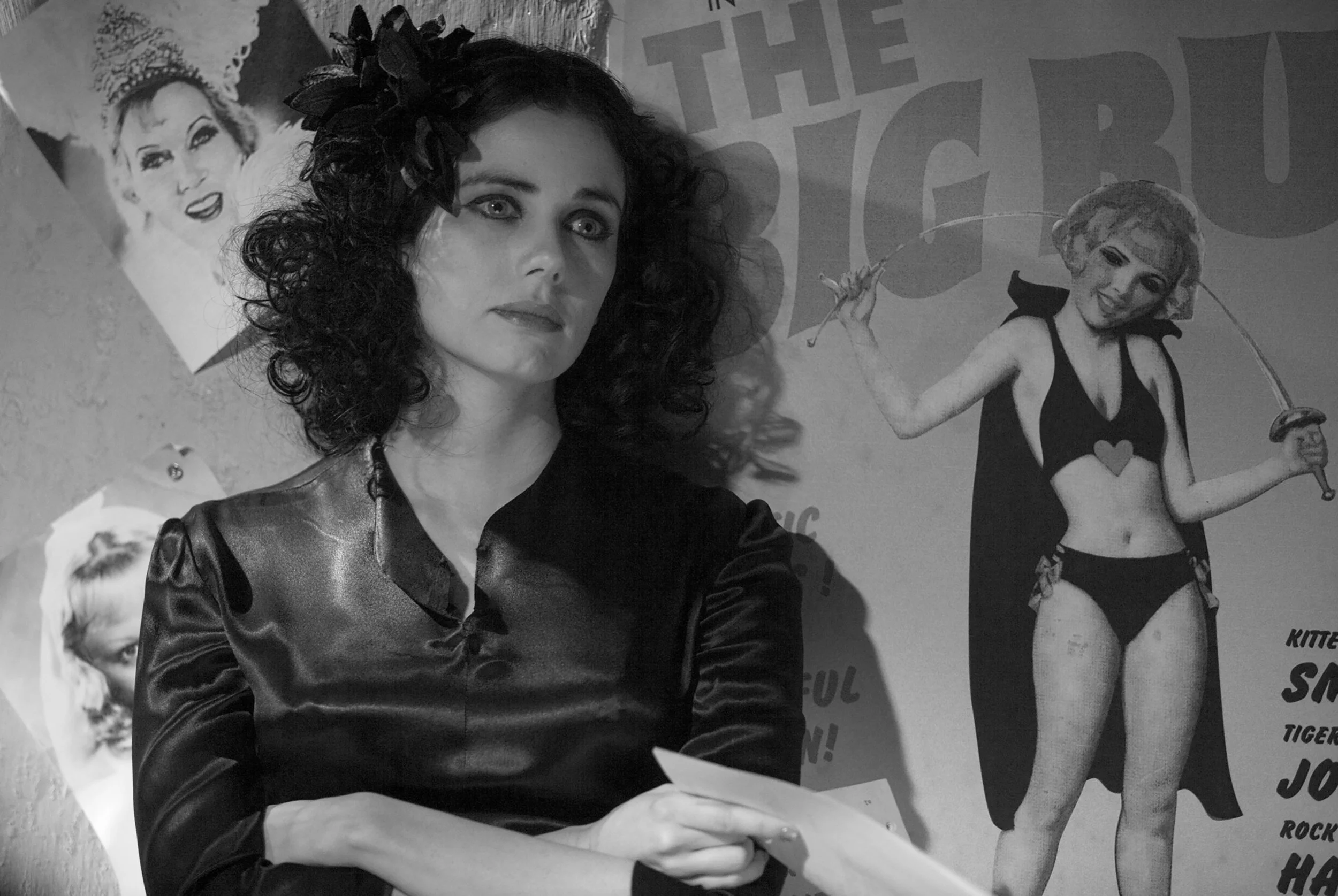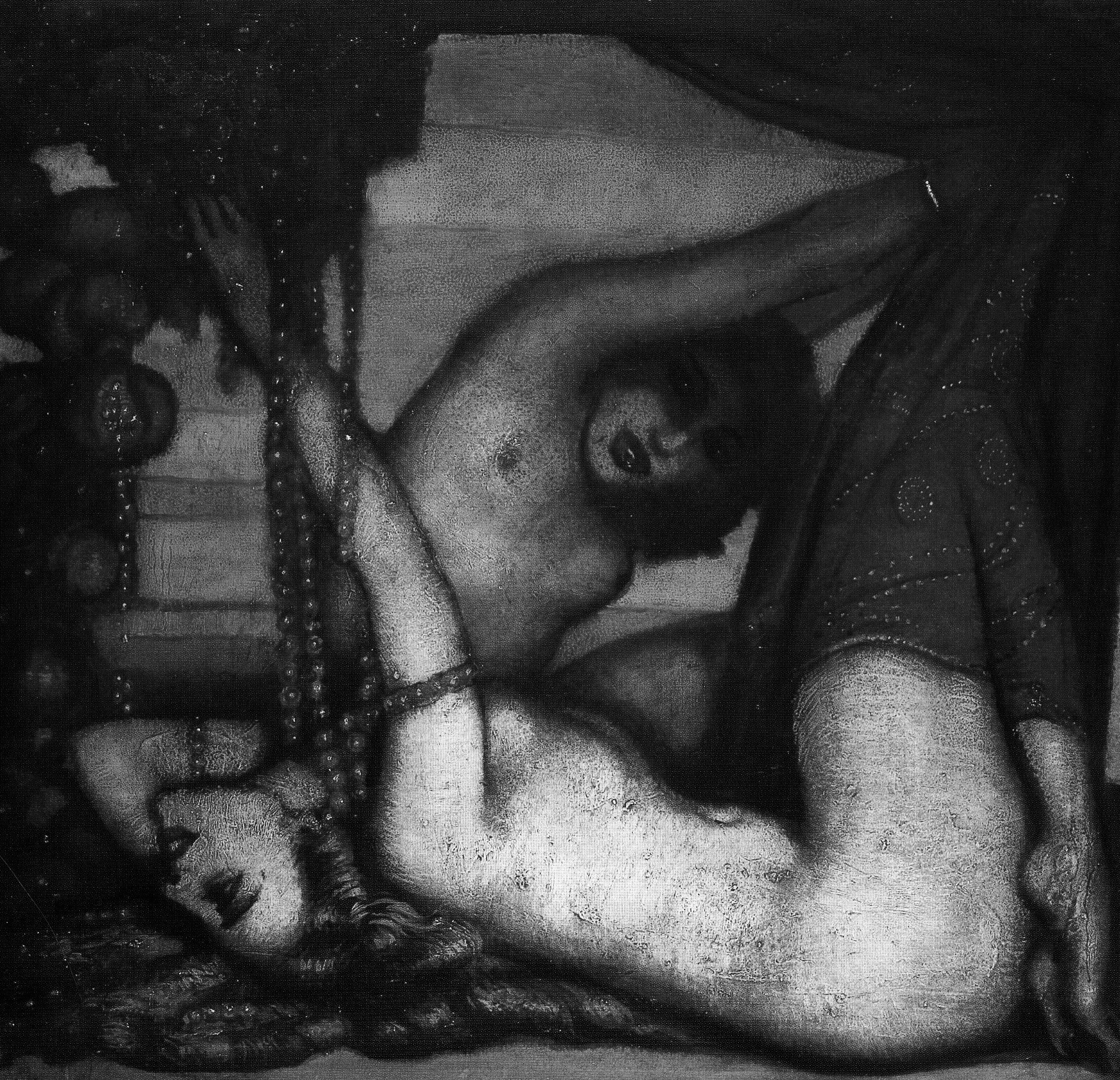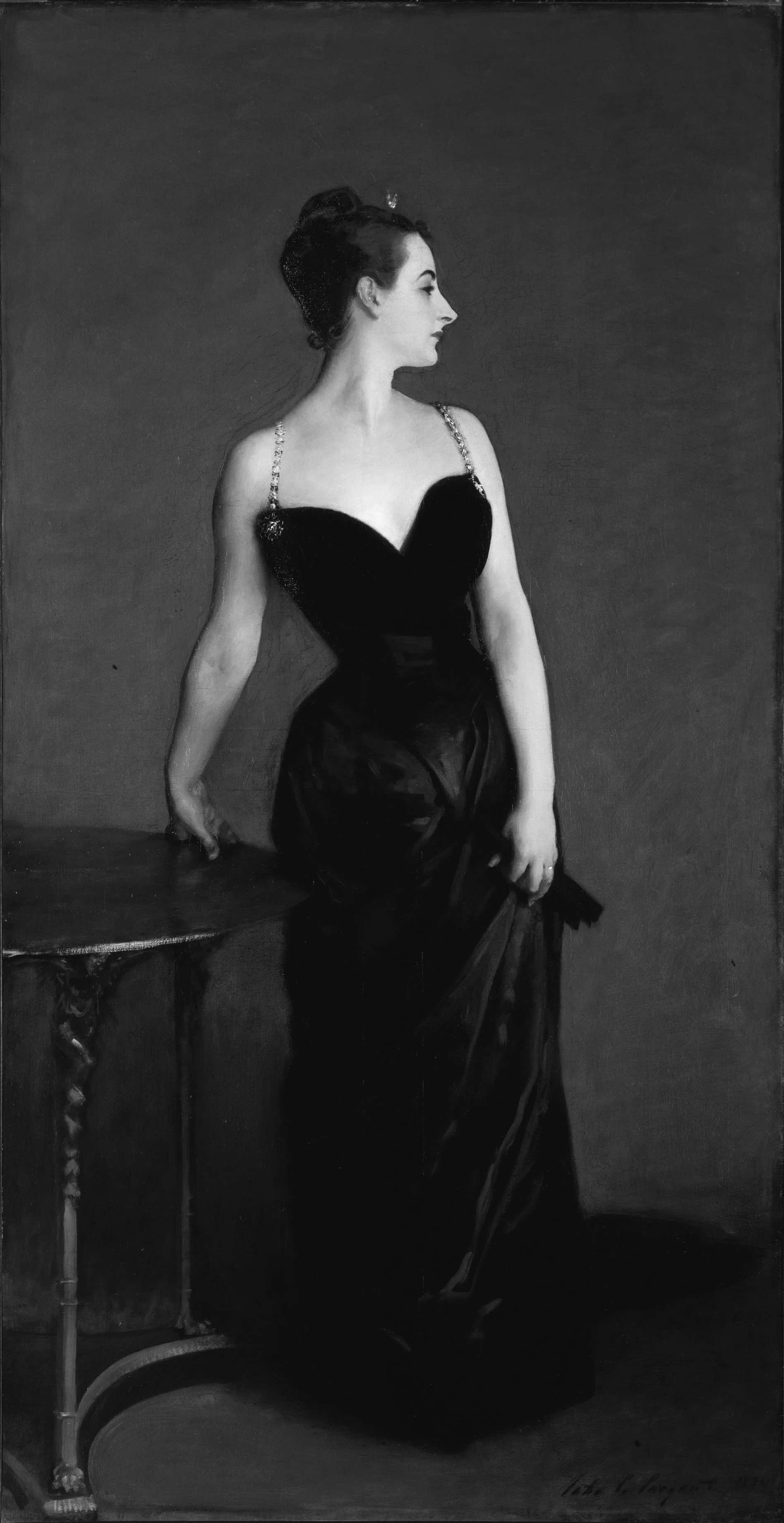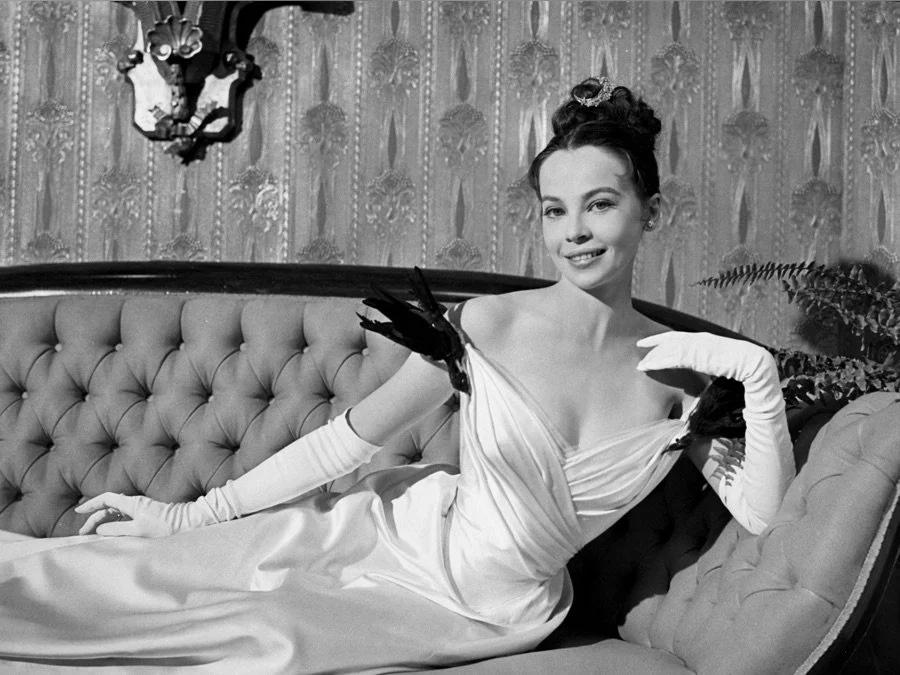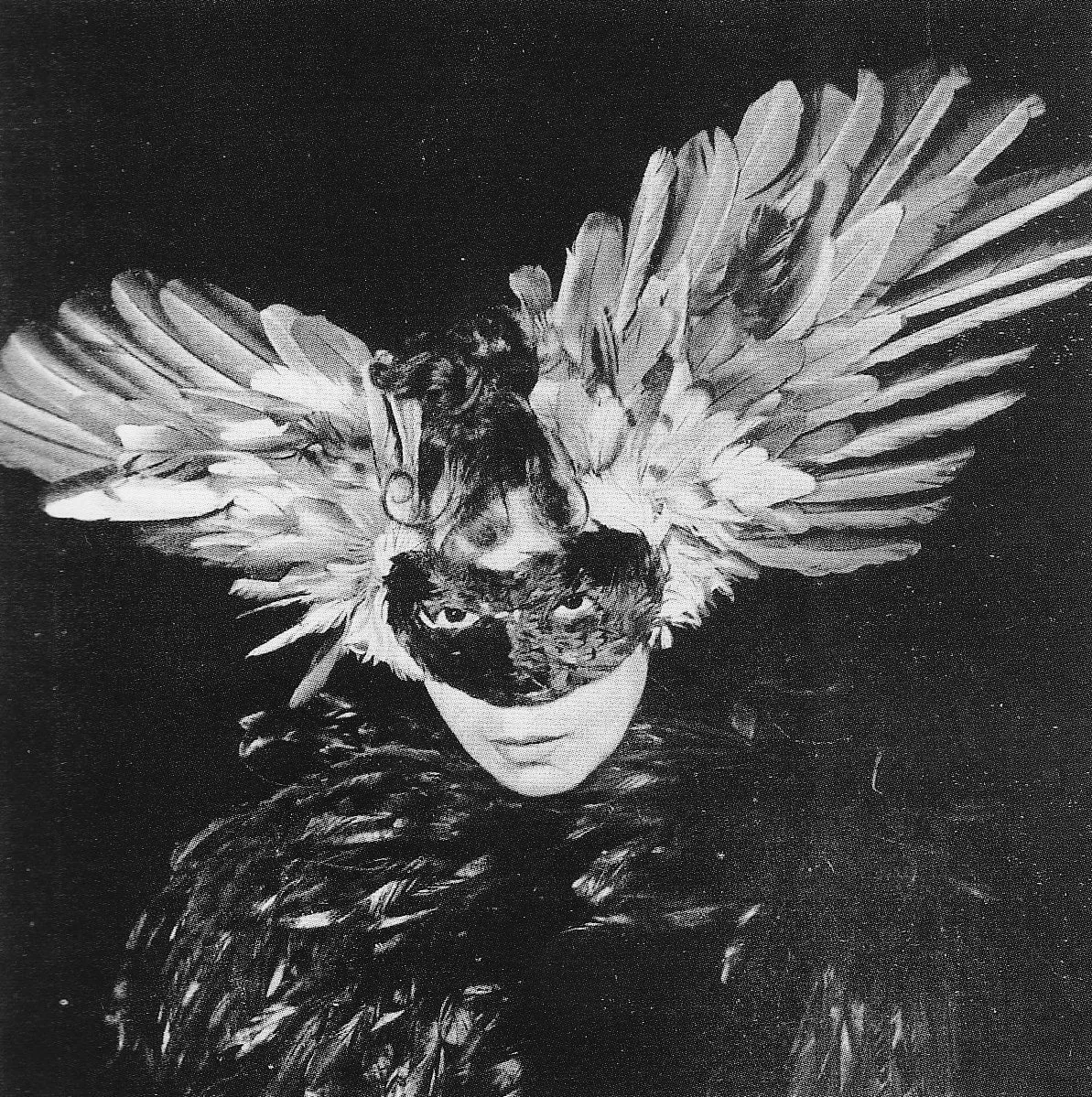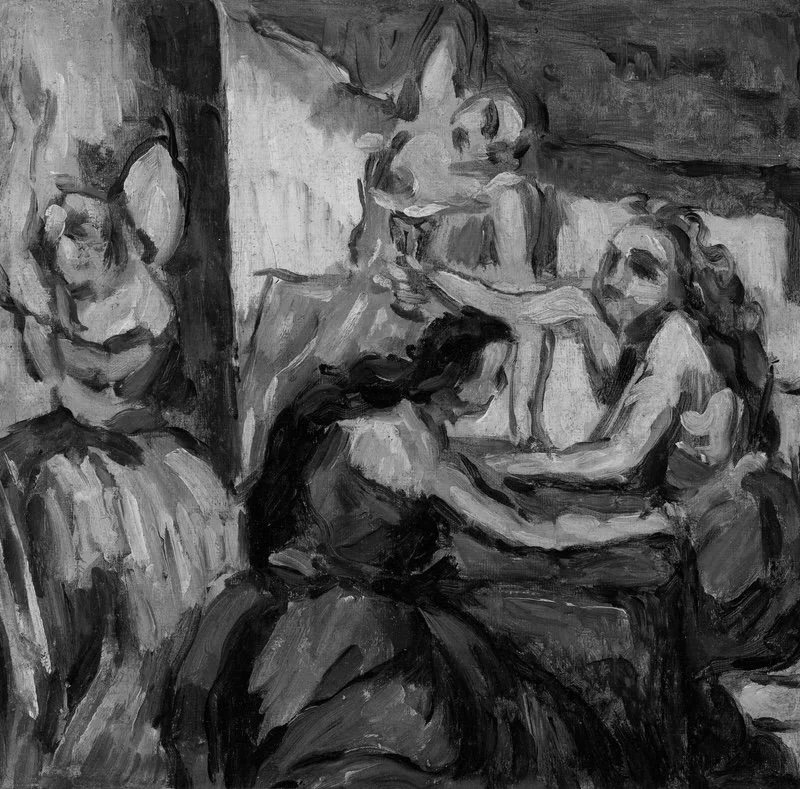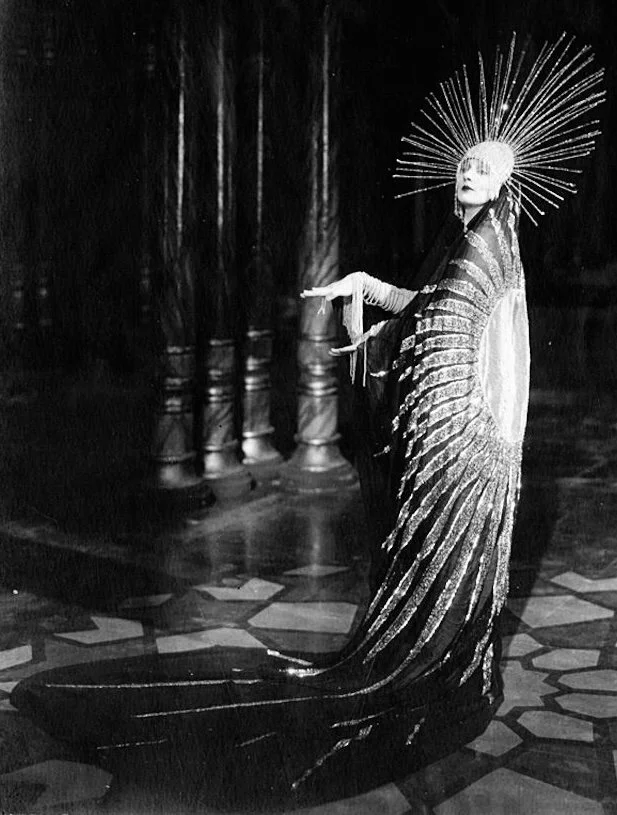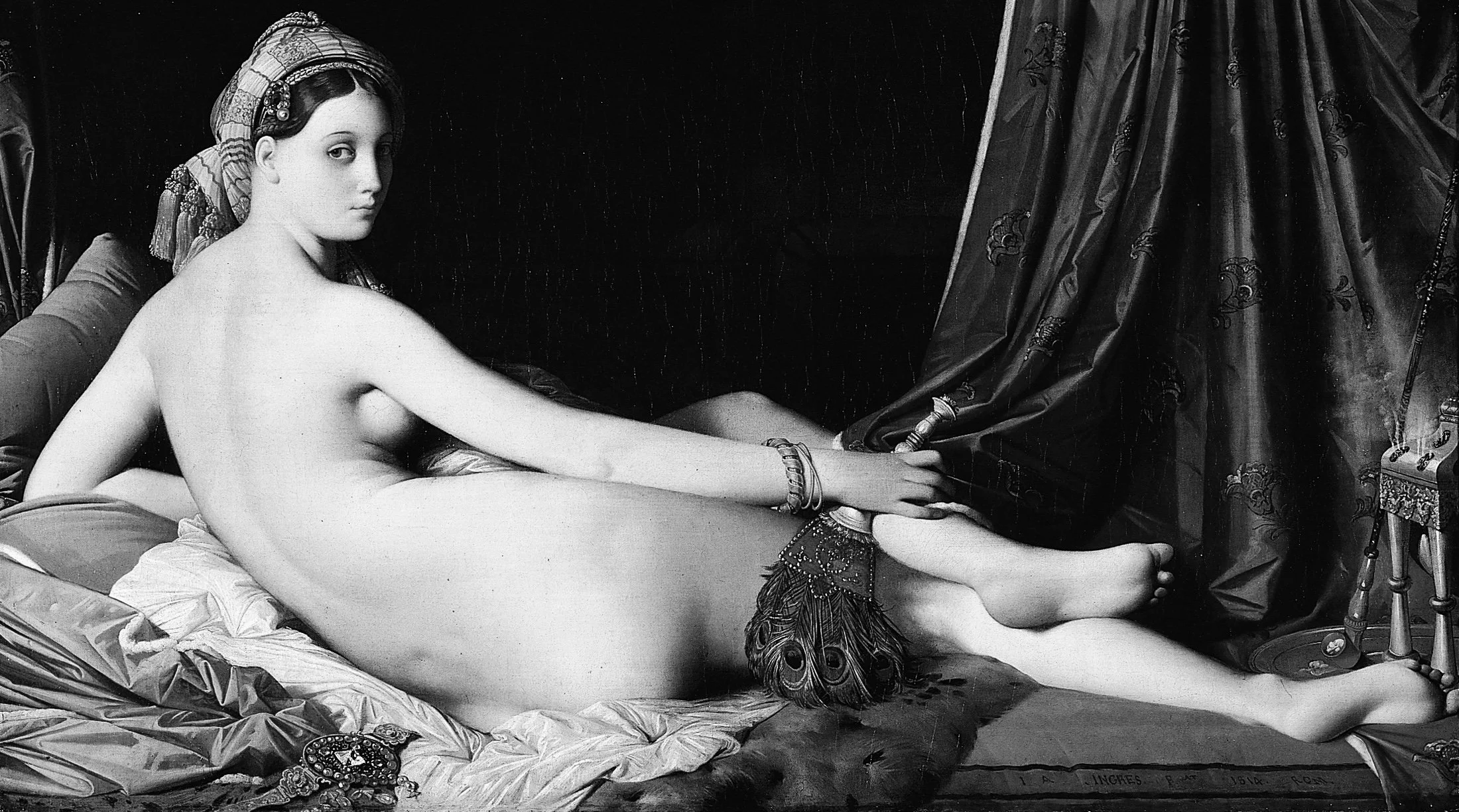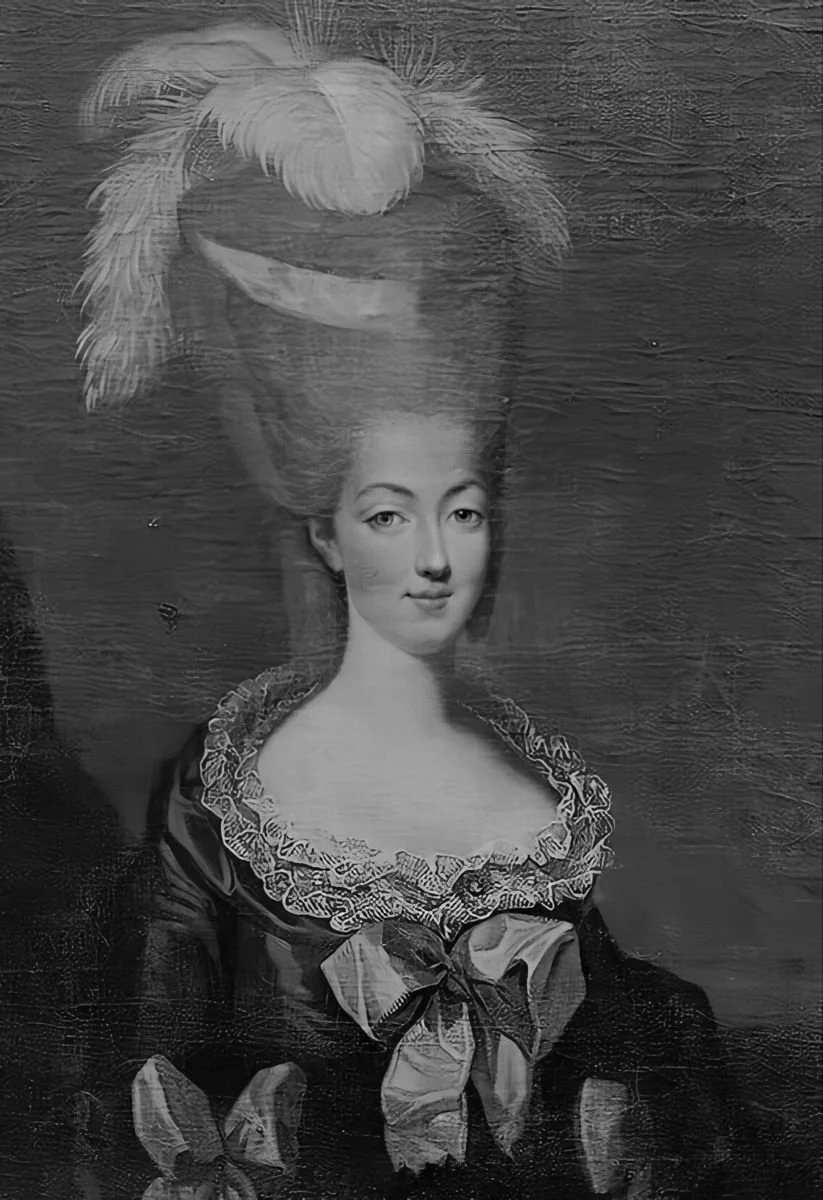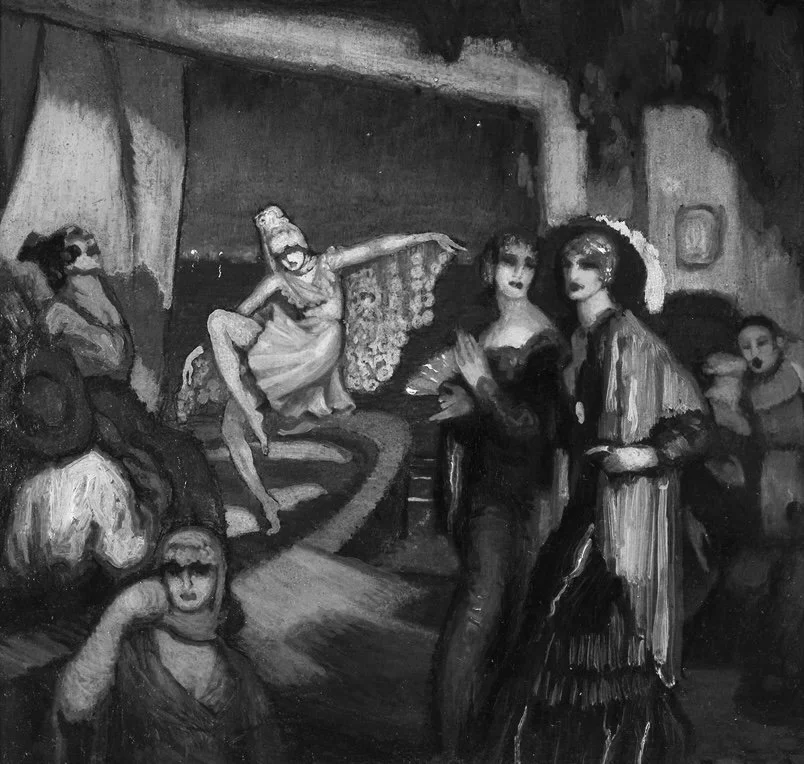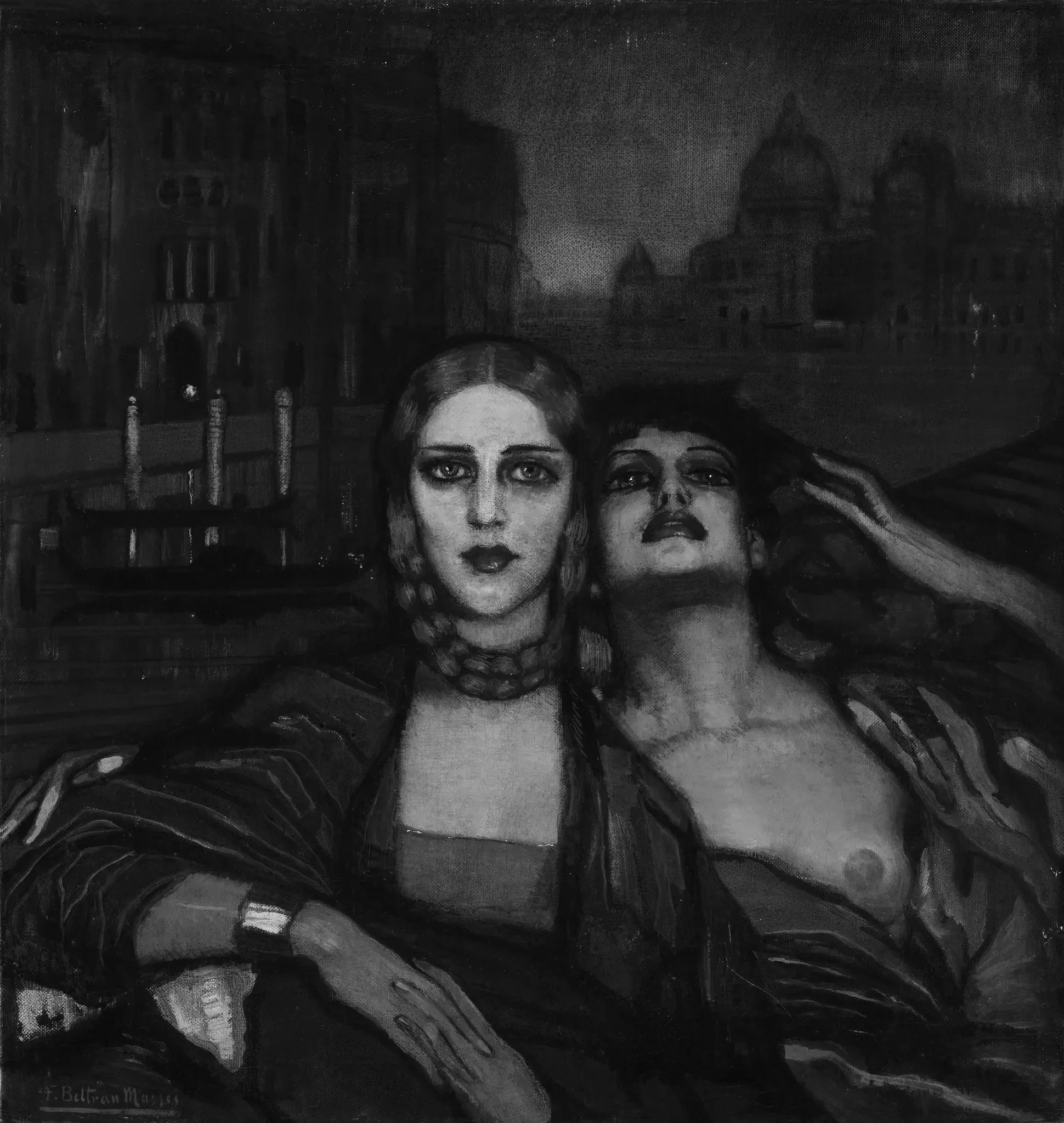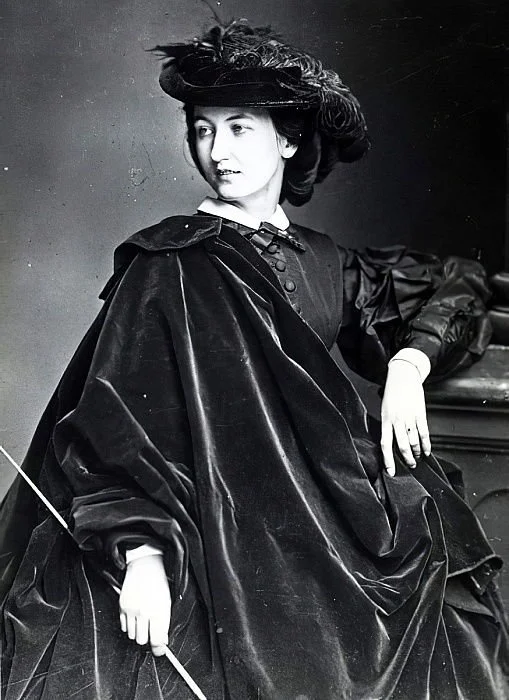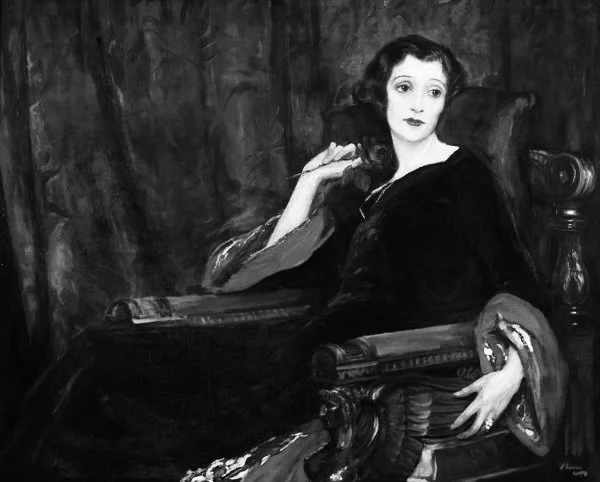A Courtesan or Bohemian Woman ?
Beautiful and elegant women with erotic talent always have been in demand
The origin of the word is Middle French, courtisane, from northern Italian dialect form of Italian cortigiana, a woman courtier, feminine of cortigiano, courtier, from corte, court, from Latin cohort or cohors. First known use is 1533.
But the role of the courtesan is far older than that word. The Greeks had their hetairai.
They were encouraged to be educated in an era when wives were expected to be all but silent and invisible.
The courtesan has appeared in diverse cultures. Japanese Geisha, who was trained to be skilled in many arts. The word Geisha can be translated as Artist.
Venetian courtesans had their own golden age. To contemporary onlookers, it seemed that 16th-century courtesans lived a gilded life of luxury. But Renaissance women, even courtesans who had powerful patrons, were vulnerable. In some ways, Venetians saw courtesans as a necessary evil. They were tolerated both to protect “honest women” from attack and because the sex industry generated tremendous tax revenue for the government. In addition to intellectuals and sex workers, courtesans of the time were considered trendsetters who pushed the boundaries of fashion. Some donned 20-inch heels known as chopines to show off on Venice’s streets. Most wore luxurious outfits that made them look like noblewomen and sometimes donned men’s breeches underneath or even exposed their breasts. Pearls were the choice adornment for courtesans, and in spite of the many laws that restricted what women could wear, courtesans often defied the rules.
During the Belle Époque in Paris, courtesans, also known as cocottes or grandes horizontales, were high-class women who held significant social influence and were often associated with wealthy and powerful men. They were considered celebrities, dictating fashion and trends, and were known for their beauty and elegance.
The duality of their role was extraordinary - these were les demimondaines, the courtesans of Paris. The courtesans lived in a world of satin and corsets. They were on stage in the music halls of Montmartre - places such as the Folies Bergere and the Olympia. They rode in the Bois de Boulogne, were seen at the races, in theatres, at cafes, and at restaurants such as Maxims and Café Riche Plume. They lived mostly on the Right Bank - receiving the press at home. They endorsed perfumes, couturiers and cars. They chose their lovers, and even to the crowned heads of Europe, they imposed their prices, in return, requiring diamonds, mansions, carriages and apartments.
Where the courtesan led, the smart set followed. They went to the opera on Mondays, enjoying supper at the same restaurants as the aristocracy. They were as close to the aristocracy as possible, but no respectable woman would admit to acknowledging the existence of some of the places that the courtesan frequented - the nightclubs of Montmartre, Maxims, and so on.
